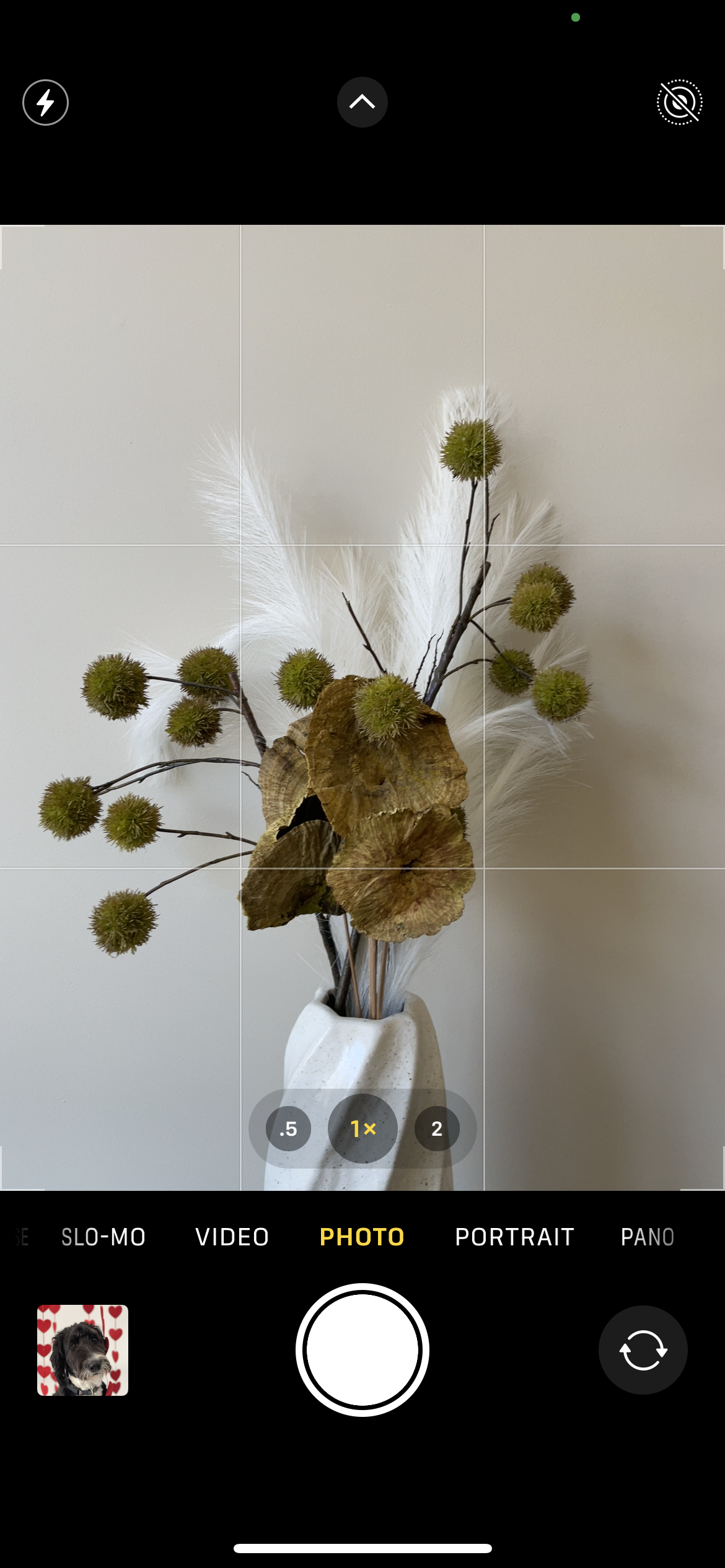Tips For Improving The Composition Of Your Smartphone Pictures
Composition is how you arrange the main elements in your image. Choosing what to include and what to eliminate from the scene.
It’s easy to pick up your phone and snap a couple of pictures, but if you take some time to “compose” your shot, this could elevate your image and make it more appealing.
1. What is Your Main Focus or Subject:
This can be a person, a landscape or a collection of inanimate objects, such as flowers, food, items collected from a trip. When you take your picture you want to use compositional techniques to draw attention to your main subject.
2. Use The Grid:
Your smartphone has a grid overlay feature that can be found in your camera settings. You have the option of turning it on or off. I suggest keeping it on. This grid is a very useful way to straighten your picture by lining up horizons and other linear objects in your image. In addition, it can help with arranging elements in the frame
3. Where To Place The Main Subject In The Frame
How quickly the viewer's eye is drawn to the main subject can be heavily influenced by where your subject is placed in the frame. Again, your camera grid will be very useful.
Center:
Rule of Thirds: Using the grid on your smartphone, place your subject on one of the intersecting points to quickly draw attention to your subject. These intersecting points carry more weight than other areas in the photo.
Diagonal Composition: Arrange the elements in your images along the diagonal axis of your frame.
4. Change Your Perspective
So often we just take a picture from the same level as we are standing. While this can work just fine, it is a good idea to try incorporating a different perspective.
Shoot from above - shooting down on someone or something can be a great option. This gives you a new and different perspective, it can eliminate distracting elements in your background, and it can get some beautiful light in your subject’s eyes.
Shoot from below - get down low. This can add some interesting content in the foreground of your image, which will add depth to your picture. With your smartphone, you can flip the phone upside down to get the camera even closer to the ground.
I was standing taking this picture of my girls.
I crouched down to take this shot. Notice where the horizon falls in this image compared to the previous image.
I had my husband flip my phone upside down so the camera was closer to the ground. He also kneeled down to take the picture.
5. Fill The Frame And Focus On Texture
Get in close for some detail shots, or just find some cool texture and design to create an abstract image.
6. Leave Space For Movement
Our eye naturally will follow a path of movement. If you are taking a picture of something that moves, it is best to leave space inside your frame for the object to move into the space. If you do not have space, the image might feel abrupt and unbalanced.
7. Eliminate Distracting Elements
Take a moment prior to snapping the picture to look around the frame of your image to see if there are elements in the background that might distract from the main focus of your picture. Background Items such as people, vehicles, power cords, light poles are all things that can be removed with a change in angle or a step to the side. In addition, be aware of bright colored times or lighter spots of light as they naturally grab our eye and pull our attention away from the subject.













